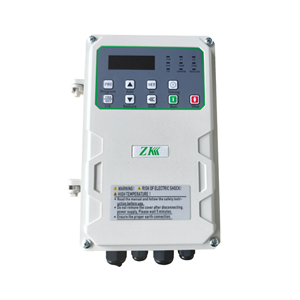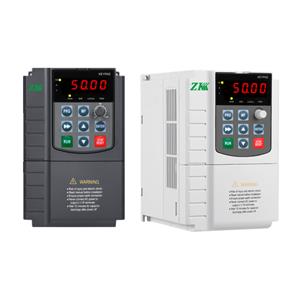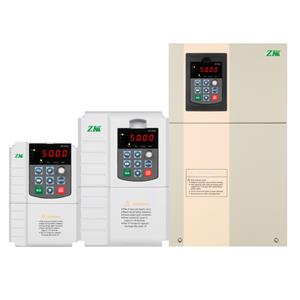Simulation Training and Operation Guide for Inverters
Solar pump inverters have become increasingly popular in agricultural, industrial, and domestic water supply systems due to their ability to efficiently convert solar energy into power for driving water pumps. To maximize the effectiveness and reliability of these systems, it is essential for users and technicians to undergo simulation training and follow a detailed operation guide. This article provides an overview of simulation-based learning approaches and practical steps for operating solar pump inverters safely and efficiently.
Importance of Simulation Training
Simulation training is a valuable tool for both new and experienced users of solar pump inverters. By replicating real-world scenarios in a controlled environment, trainees can learn to configure, operate, and troubleshoot the inverters without the risk of damaging the equipment or causing safety hazards. Simulation platforms often include virtual models of the inverters, pumps, solar arrays, and environmental conditions, allowing users to experiment with various settings and responses.
Key benefits of simulation training include:
Risk-free environment: Users can make mistakes and learn from them without real-world consequences.
Hands-on experience: Trainees gain practical skills by interacting with realistic system models.
Efficient troubleshooting: Simulation helps users understand common faults and how to resolve them.
Familiarization with controls: Users become comfortable with the inverter interfaces, parameters, and diagnostic tools.
2. Components of a Solar Pump Inverter System
Before starting operation or training, it is important to understand the main components of a solar pump inverter system:
Solar Panels: Convert sunlight into DC electricity.
Solar Pump Inverter: Converts DC power from the panels into AC power suitable for the pump motor, and controls the pump’s speed and operation.
Water Pump: Moves water from the source to the desired location.
Sensors and Monitoring Devices: Measure parameters such as water level, flow rate, and system status.
3. Simulation Training Steps
A typical simulation training program for solar pump inverters involves the following steps:
a. System Setup Simulation:
Trainees learn to connect the solar panels, the inverter, and the pump virtually. The simulation may include different solar irradiance levels, panel configurations, and pump types.
b. Parameter Configuration:
Users practice setting key parameters on the inverter, such as maximum and minimum frequency, voltage limits, MPPT (Maximum Power Point Tracking) settings, and protection thresholds.
c. Operation Mode Selection:
Simulations present various operation modes, including manual, automatic, and scheduled operation. Trainees review how to switch between modes and monitor system performance.
d. Fault Diagnosis and Troubleshooting:
The simulation introduces common faults such as over-voltage, under-voltage, dry run, overload, and sensor failures. Users learn to identify error codes, interpret warning signals, and apply corrective actions.
e. Performance Optimization:
Trainees experiment with adjusting parameters to maximize water output, energy efficiency, and system reliability under different weather and load conditions.
Operation Guide for Solar Pump Inverters
Once users are trained, they should follow a structured operation guide for real-world systems:
a. Pre-Operational Checks:
Inspect the solar panels for cleanliness and proper orientation.
Ensure all electrical connections are secure.
Verify water source availability and pump integrity.
b. System Start-Up:
Power on the inverter and monitor the start-up sequence.
Check that the inverter display shows normal operating status.
Confirm that the pump starts smoothly and water is being delivered.
c. Routine Monitoring:
Regularly review the inverter parameters such as output voltage, frequency, and current.
Monitor water flow and system performance using the sensors.
Check for any warning or fault indicators.
d. Maintenance and Safety:
Periodically clean the solar panels and inspect wiring for damage.
Test the system protection functions (e.g., dry-run protection, overload protection).
Follow safety protocols when servicing the inverter, such as disconnecting power and wearing appropriate PPE.
e. Troubleshooting:
Consult the inverter’s manual for error codes and recommended actions.
Use diagnostic tools to identify and resolve issues.
Contact technical support if problems persist.
Simulation training and a clear operation guide are fundamental for the successful deployment and management of solar pump inverters. By mastering system setup, parameter configuration, fault diagnosis, and routine operation, users can ensure efficient water delivery, maximize solar energy utilization, and extend the lifespan of the equipment. As solar technology continues to evolve, investing in comprehensive training and adhering to best practices will remain essential for sustainable and reliable water pumping solutions.




